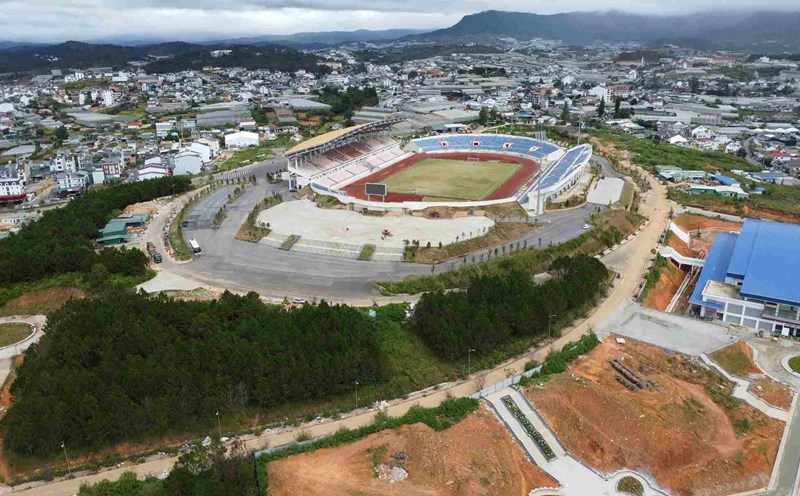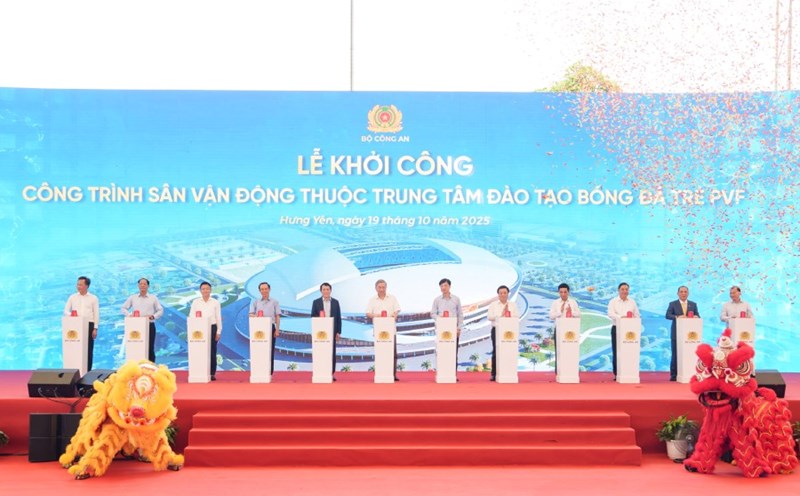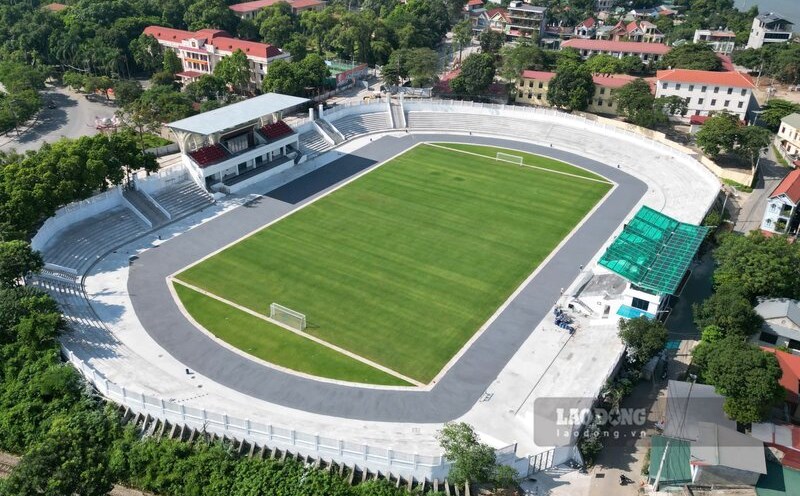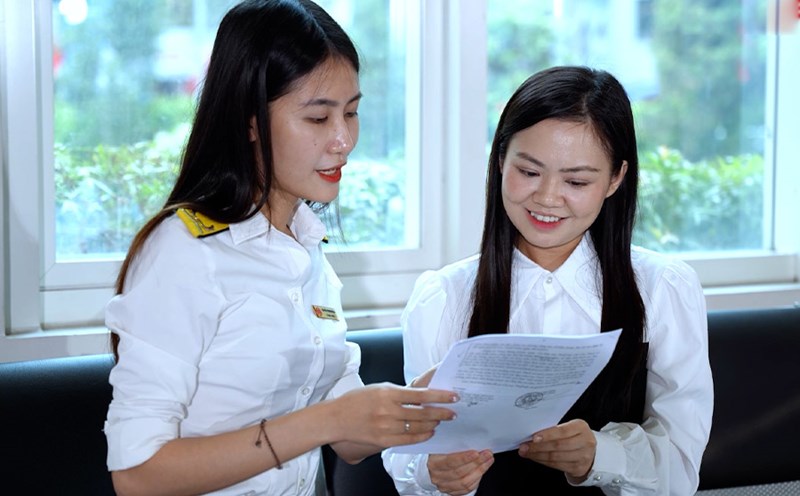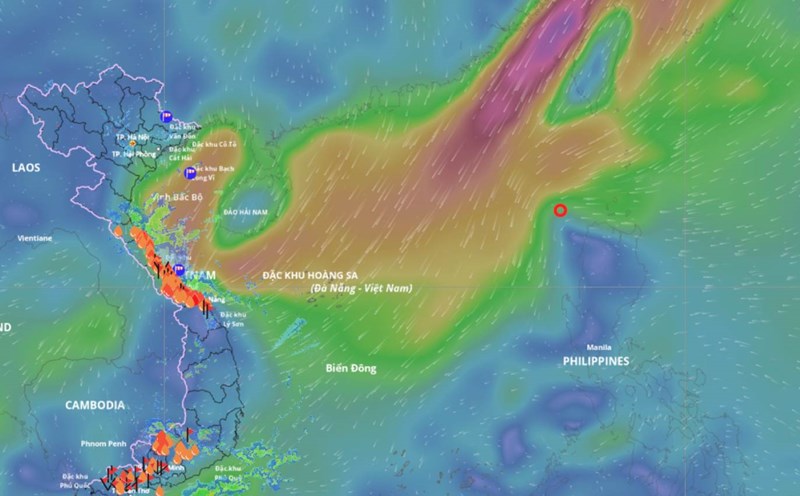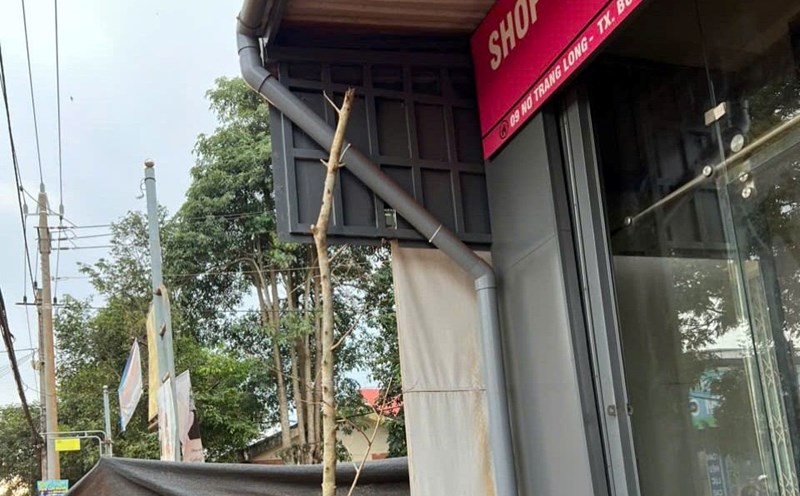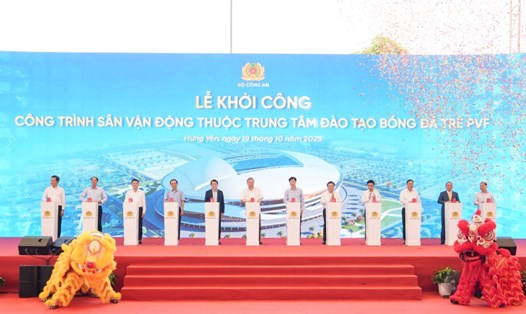Reducing the burden on My Dinh Stadium
More than 20 years ago, My Dinh Stadium with a construction cost of nearly 53 million USD was put into use. After nearly 2 decades, the national stadium that has served many regional and continental tournaments for the Vietnam National Team has shown signs of deterioration, from the grass to related construction items.
In September 2021, right after the match between Vietnam and Australia in the third qualifying round of the 2022 World Cup, My Dinh Stadium became a topic of criticism in the international press. A famous sports writer frankly posted on his personal page with the content: " Nice cow paddock" - which can be understood as "the grassland for grazing cows" when going to the stadium that the Vietnam National Team often uses.
A large budget was mobilized immediately afterwards to restore and improve the grass surface for My Dinh Stadium. This is an item that has only been replaced for more than 10 years. However, this situation has not been completely overcome.
At the 2024 ASEAN Cup, the Vietnam Football Federation must register Viet Tri Stadium (Phu Tho) - with a capacity of only 1/2 of My Dinh Stadium - as the home stadium for the "Golden Star Warriors". Or in the 2027 Asian Cup qualifiers, the Vietnam National Team will play home matches at Binh Duong Stadium in the context of My Dinh waiting for a comprehensive refurbishment of the stadium.
However, it is necessary to frankly admit: With limited scale and equipment, Binh Duong Stadium (HCMC) or Viet Tri Stadium (Phu Tho) is unlikely to be a long-term, stable choice for regional and continental matches of the Vietnam Team. Meanwhile, many strong teams in the region such as Malaysia, Thailand or Indonesia have at least two high-class courts, meeting the requirements for organizing the ASEAN Cup, Asian Cup and World Cup qualifiers.
Most recently, Indonesia met FIFA standards with a series of stadiums to host the World Cup youth tournament. Malaysia is also building a new Shah Alam "fire pan", parallel to the current Bukit Jalil. Thailand is flexibly organizing football matches at Rajamangala and Thammasat.
Of course, this has also become a part of the motivation for Vietnamese football to need another high-class stadium, meeting international standards after the appearance of My Dinh 2 decades ago.
Open up opportunities
The PVF stadium project is something that fans and experts crave. After completion, this will be the largest sports project in Vietnam since My Dinh National Sports Complex was put into operation in 2002.
According to the designer, the project applies many advanced technologies, notably the automatic closed and unlocked dome in just 12 - 20 minutes, currently only Jakarta International Airport (Indonesia) and Singapore own similar technology in Southeast Asia. The combination of natural grass and artificial fiber - the type used in Premier League courts - helps increase aesthetics, ensure safety for players and support more flexible movement.
With a capacity of 60,000 seats, the new stadium will be fourth in Southeast Asia in terms of capacity, after Bukit Jalil (Malaysia) with 87,411 seats, Jakarta International with 82,000 seats and Bung Karno (Indonesia) with 77,193 seats. Compared to Asia, PVF Stadium will be in the top 40 in terms of capacity. Currently, My Dinh Stadium has 40,192 seats and is ranked 130th in the continent.
With a series of impressive parameters, PVF Stadium promises to bring the Vietnam Team an international standard competition location in the near future. Experts say that this project also opens up opportunities for Vietnam to gain an advantage in hosting regional and continental tournaments, even towards the World Cup.
In 2007, My Dinh Stadium was chosen to host the Asian Cup - a milestone that helped the Vietnam team participate in the Asian playground for the first time and reach the quarter-finals. Now, the appearance of PVF Stadium continues to be praised by regional and international media, hoping to create a new step forward for Vietnamese sports and football.

